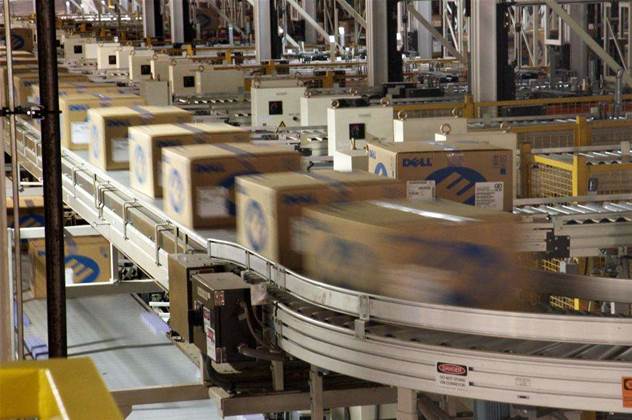
It has since rolled out over 70 Dell servers ‘of different form factors’ and virtualised many using Microsoft’s Hyper-V.
“Looking at the racks is a bit like looking at a Dell catalogue,” said Schipper.
“We had a very short time to implement an entire IT infrastructure, which for a medium-sized organisation is fairly big task.
“We couldn’t have issues with support or pricing. The procurement of Dell kit was probably one of the project’s biggest strengths in getting it over the line on time, on-budget and within the original scope.”
Schipper said that buying Windows Server 2008-based boxes also made Hyper-V a cost-effective virtualisation option.
“Cost was a big issue for us,” he explained.
“We’ve already got a Microsoft enterprise agreement in place so [Hyper-V] is part of the pack. If we’d gone with VMware or Xen, the cost would have been purchasing all the licenses [from scratch].”
Getronics used its own internal Microsoft consulting group to implement Hyper-V. It is a Microsoft gold certified partner – another reason why buying into Hyper-V made sense, according to Schipper.
Getronics presented as part of a Dell event focused on the data centre space.
Rick Becker, vice president of software and solutions at Dell urged firms looking at building out new data centre space to consolidate workloads using Dell hardware and server virtualisation rather than go down the construction path.
He cited an internal ‘dogfooding’-style example, where the hardware giant consolidated 336 PowerEdge 2650 servers – some 10 racks of equipment – down to 21 blade servers.
“It has become very clear the answer [to space constraints] isn’t more data centres,” said Becker.
“If you adhere to current technologies and emerging standards, you can optimise your data centre today so that you never have to build another one.
“We [Dell] now have all the dc space we need. The reality is we’re never going to have to build a new data centre,” he added.


_(22).jpg&h=140&w=231&c=1&s=0)


_(20).jpg&h=140&w=231&c=1&s=0)



_(26).jpg&w=100&c=1&s=0)

 iTnews Executive Retreat - Security Leaders Edition
iTnews Executive Retreat - Security Leaders Edition










_(1).jpg&h=140&w=231&c=1&s=0)



